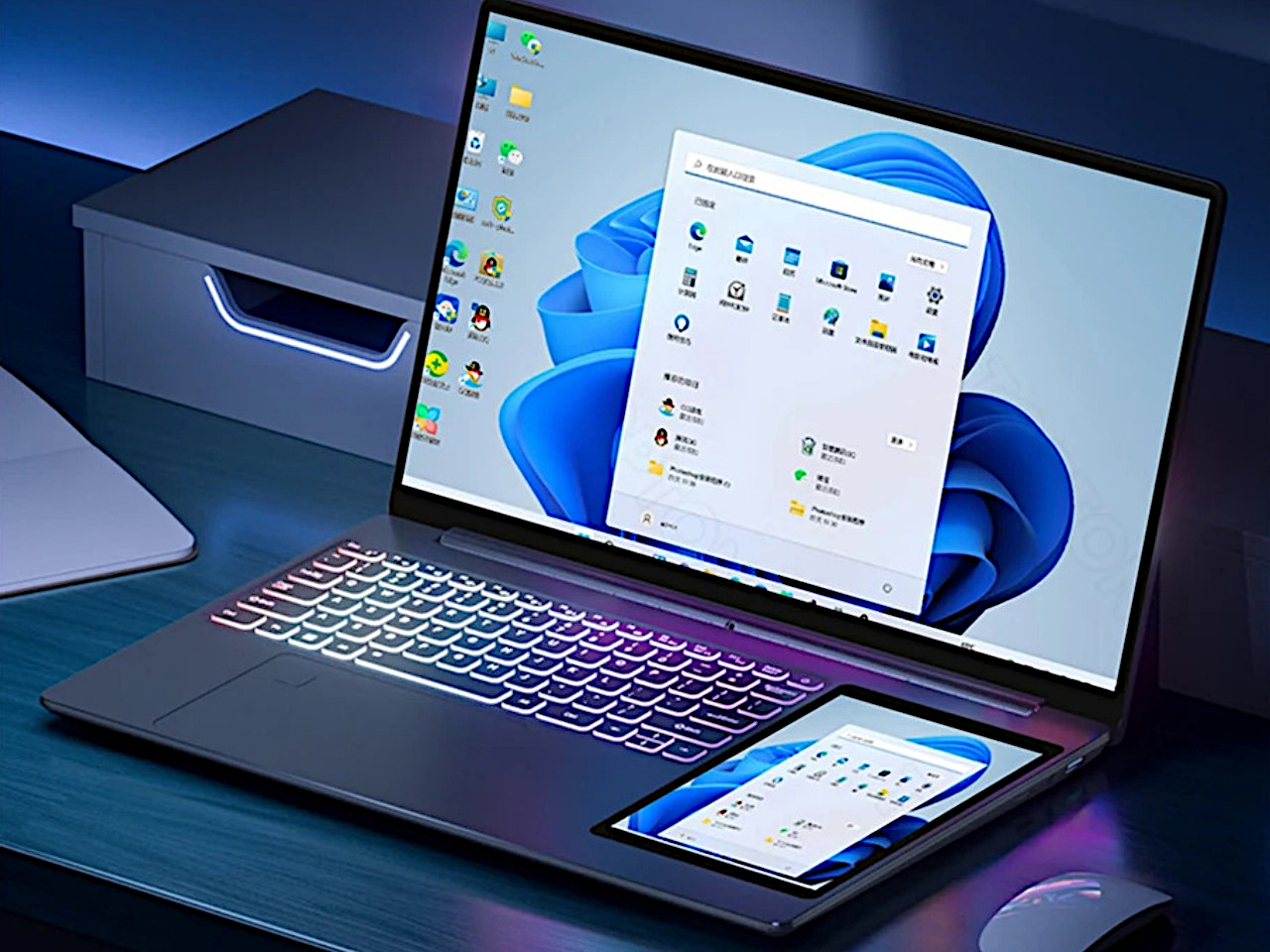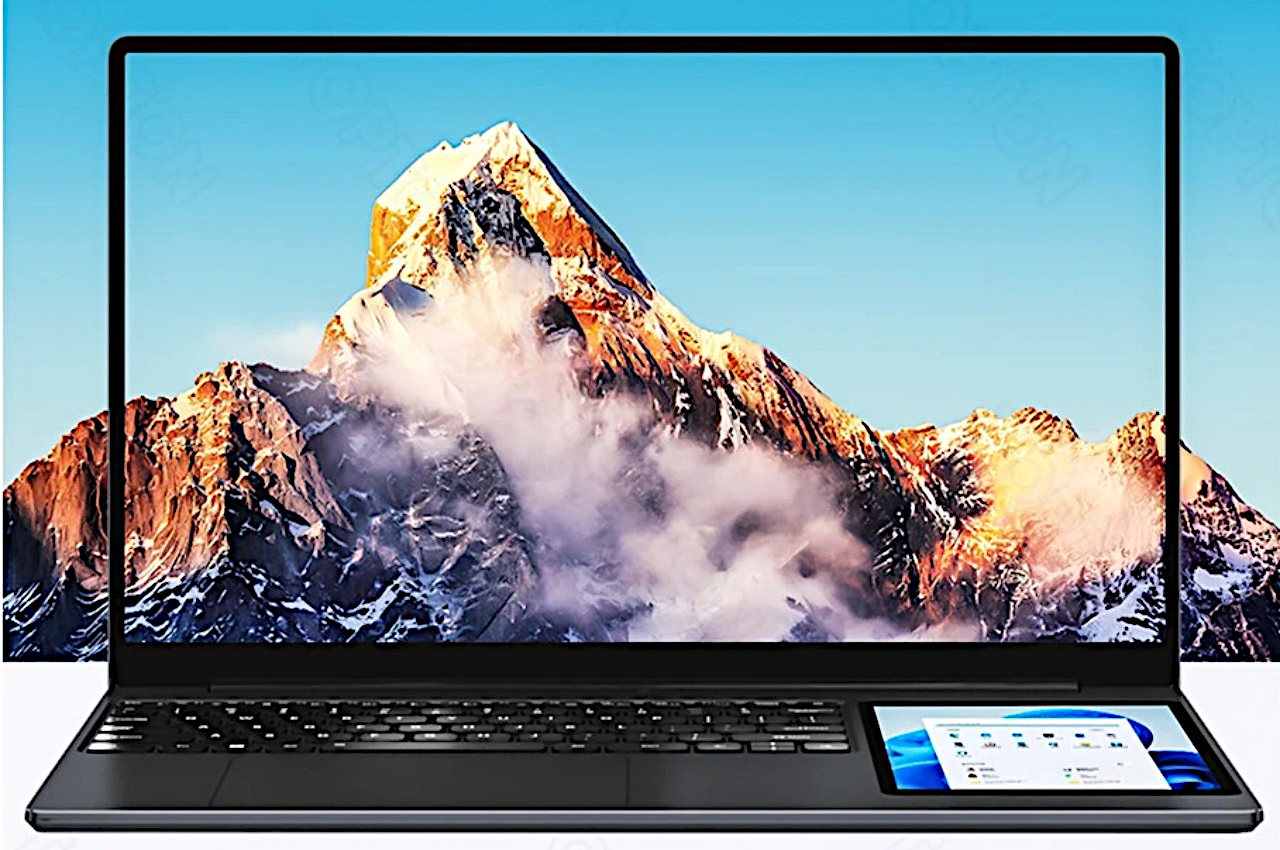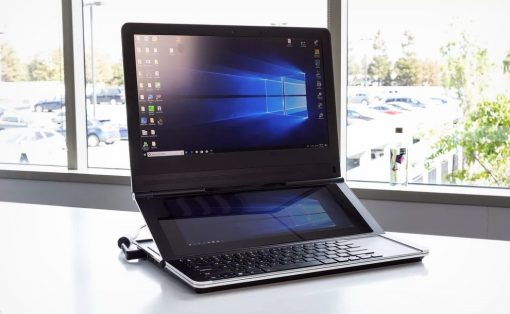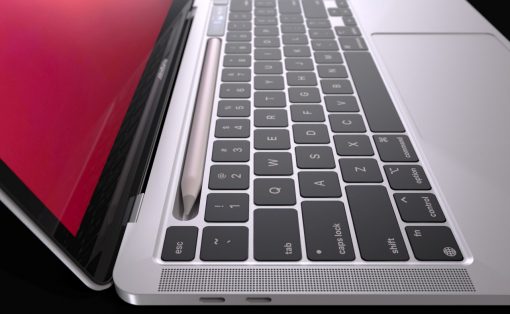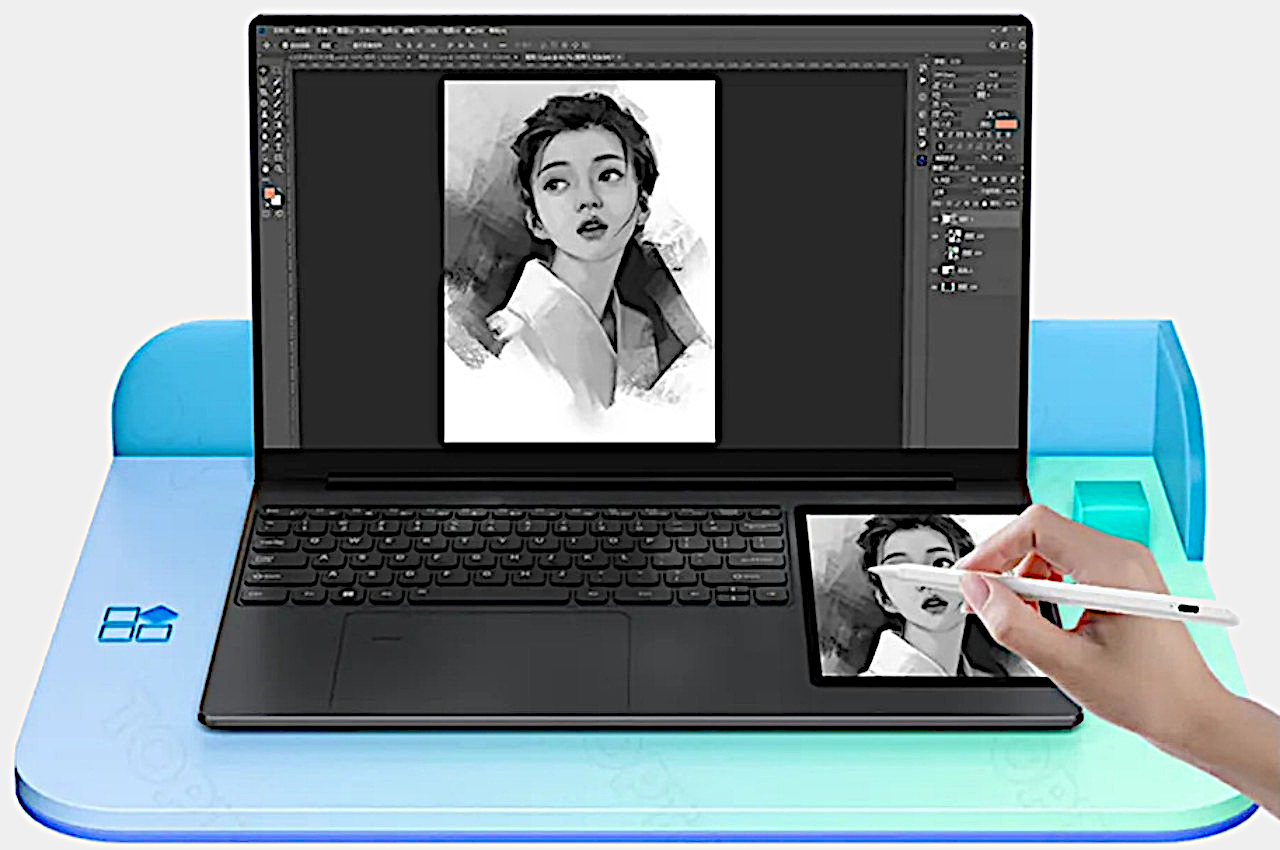
Laptops are extremely powerful machines designed to cater to a wide range of users, but some are designed to address the specific needs of a few. Bulky gaming laptops cram all the power possible in a portable machine, while a few “convertibles” straddle the fine line between laptop and tablet to offer artists and designers a digital tool for their work. This rather curious laptop seems to fall somewhere with the latter group, with a somewhat unique feature not found in any other laptop. Instead of the laptop screen supporting touch and pen input, it puts what is basically a 7-inch tablet to the right of the keyboard, offering a second screen that can also be used to write and draw on. Definitely an interesting proposition, but one that comes with too many caveats that make it less than ideal even for its target audience.
Designer: Topton
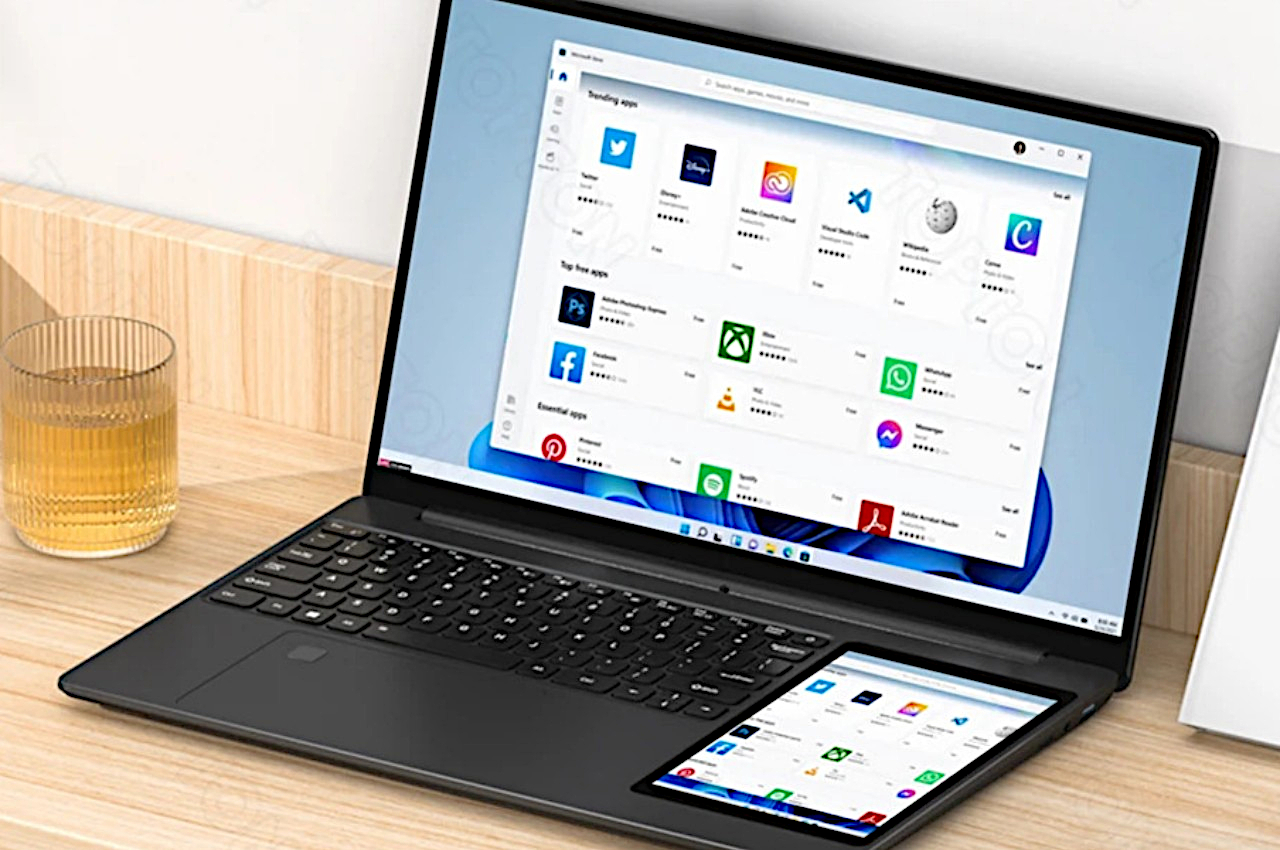
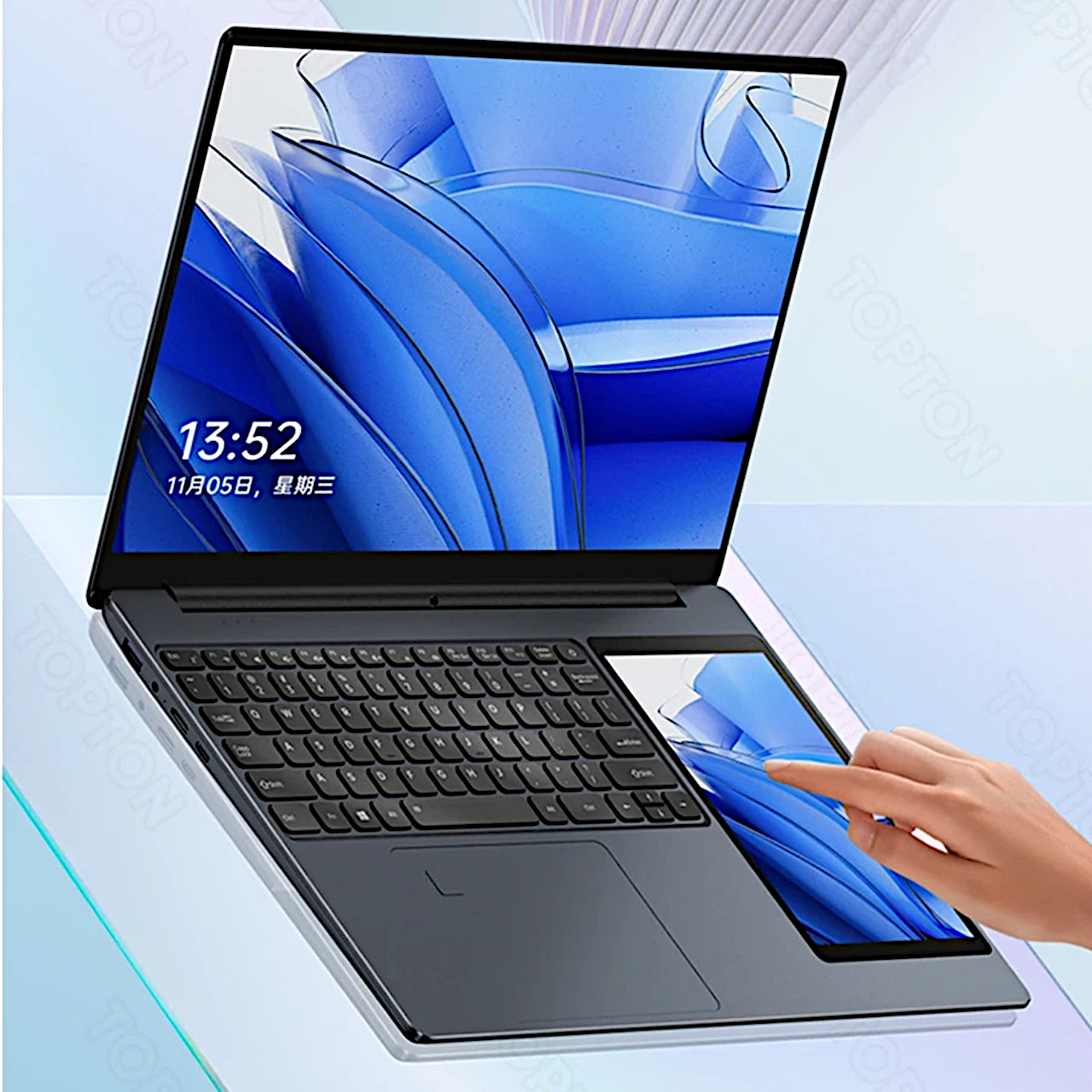
To be clear, this actually isn’t the first time this kind of distinctive design landed before our eyes. At CES 2022, Lenovo showed off the ThinkBook Plus Gen 3 with exactly that very feature. It positioned this design as the perfect solution for power multi-taskers, providing a second screen for showing information on the side, a digital pad for scribbling meeting notes, or a small canvas for drawing. Great on paper, but the implementation left plenty to be desired. Worse, its $2,000 price tag at the time of its launch made it something that only adventurous spirits would want to risk getting.
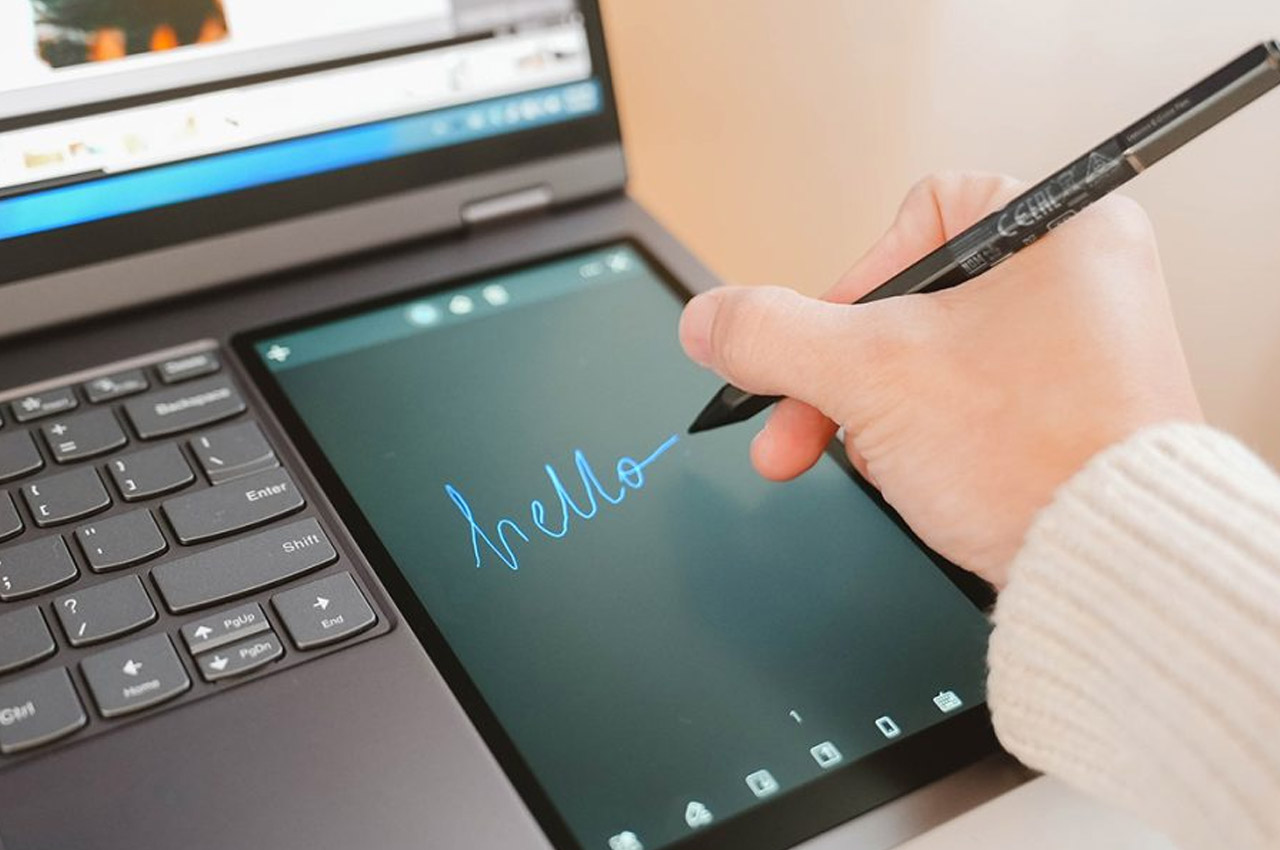
Lenovo ThinkPad Plus Gen 3
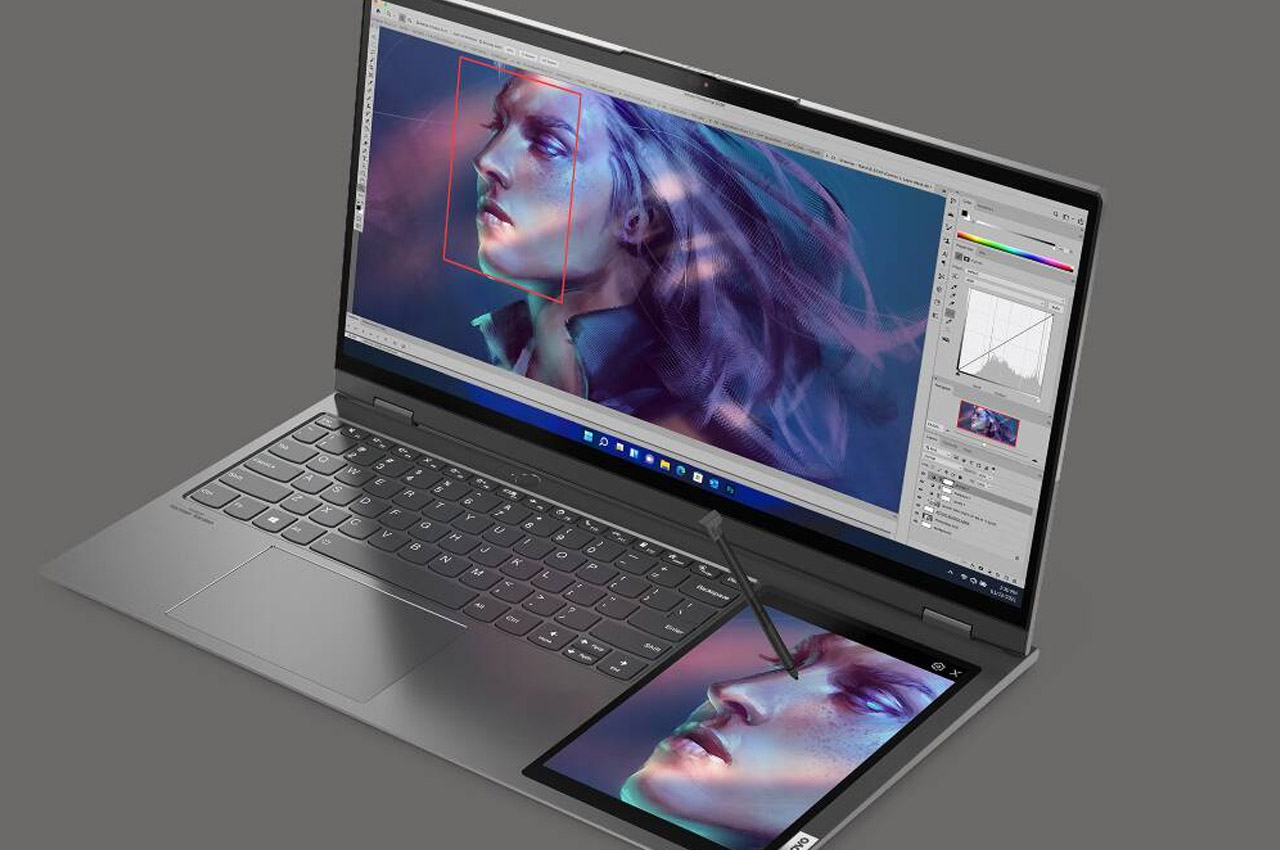
Lenovo ThinkPad Plus Gen 3
Chinese manufacturer Topton is trying to address one of those issues with the Topton L10, a 15.6-inch laptop with the exact same setup. It compresses the laptop’s keyboard and shoves it off to the left side to make room for a 7-inch touchscreen display that acts as a second monitor. And yes, it can work with a stylus, though it’s not clear whether it’s the same pressure-sensitive technology used by the likes of Wacom, a brand that digital creatives are very familiar with. Plus, you need to buy that stylus separately as well.
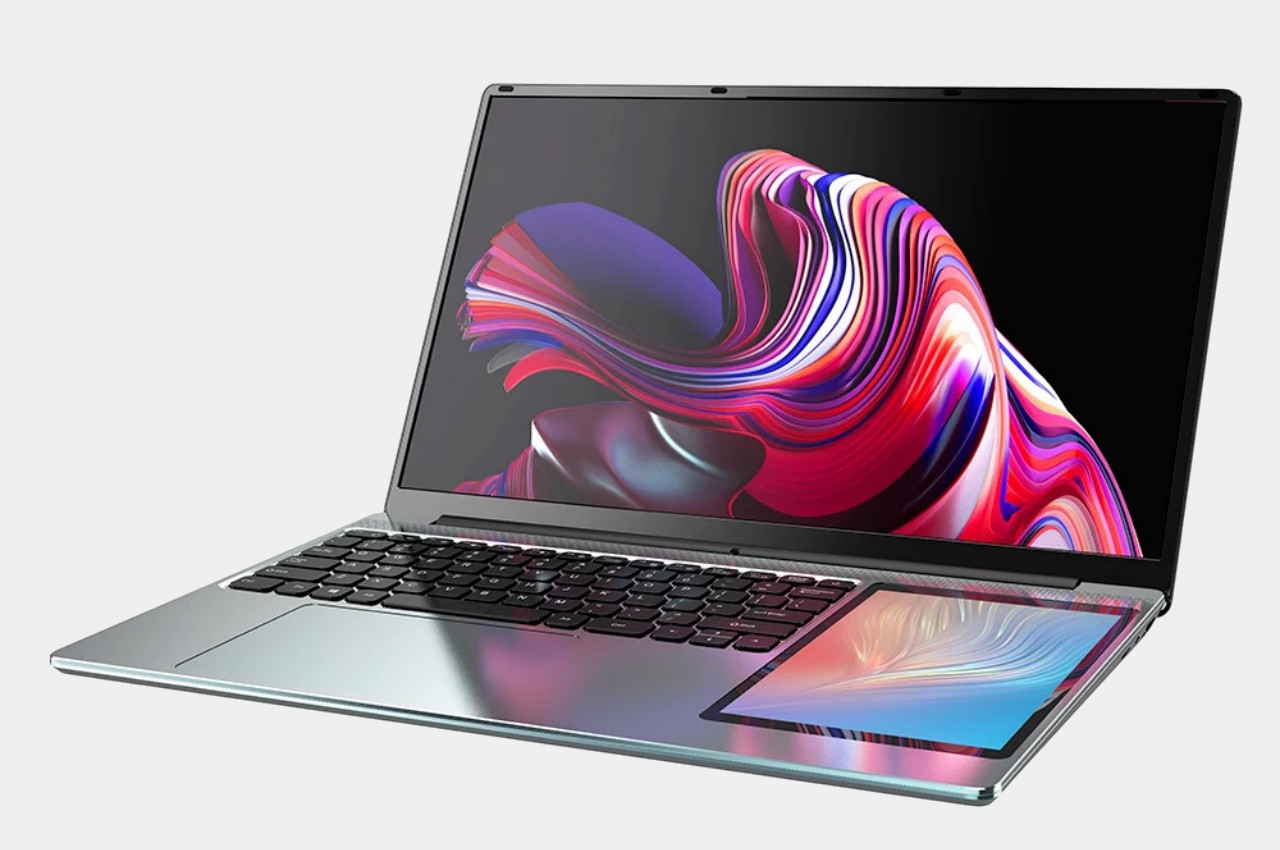
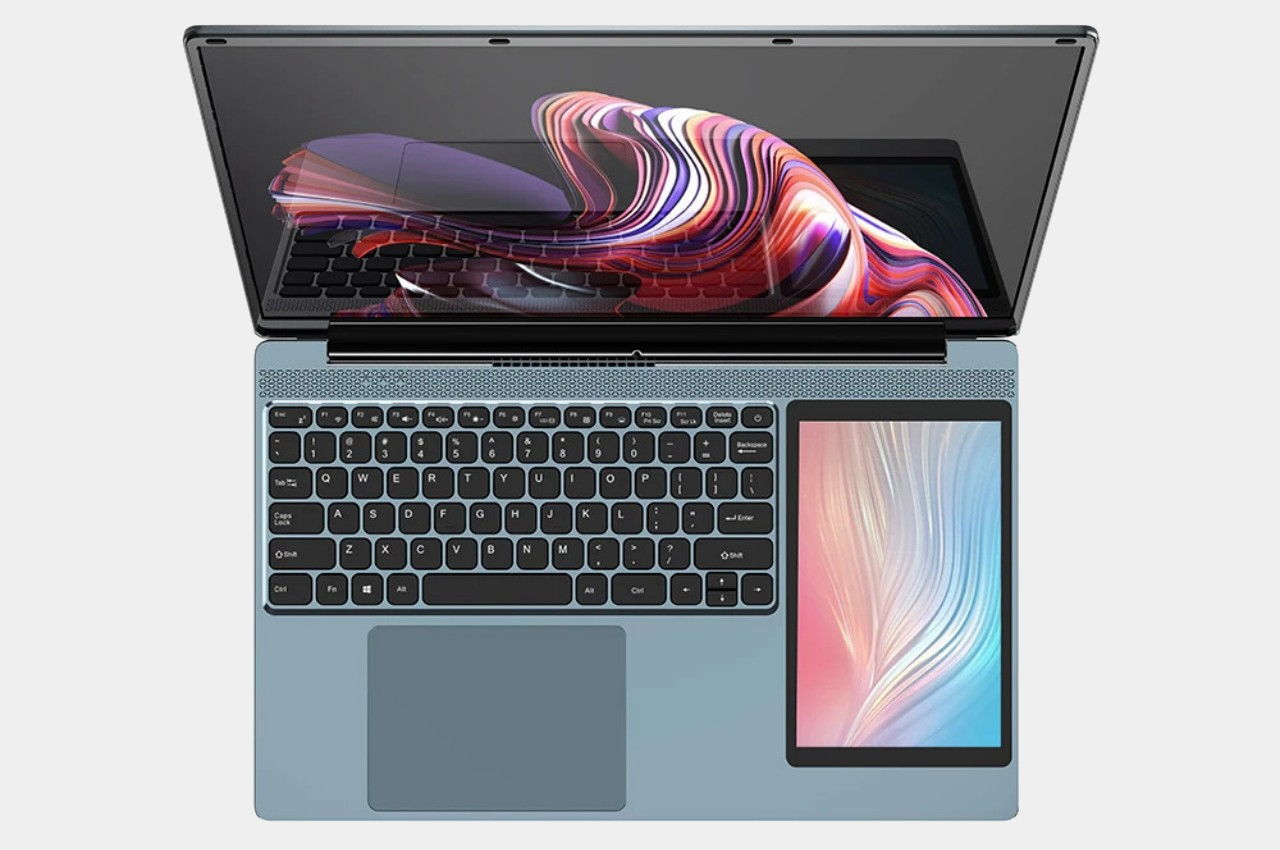
The biggest difference between the Lenovo original and this Topton L10 is the specs. You’re only getting an Intel Celeron N5095, one of the weakest from the chipmaker’s catalog, though also advertised to be more power efficient. And with 16GB of memory, it’s meeting only the minimum requirements for today’s creative software, not to mention limiting your multi-tasking capabilities. The display resolution of both screens is also a lot lower, which means it isn’t even good for doing art and design. It does have RGB backlights for the keyboard, stereo speakers, and a fingerprint scanner, features you wouldn’t expect from this price point, but last-gen Wi-Fi 5 and Bluetooth 4.2 also cap this computer’s potential.
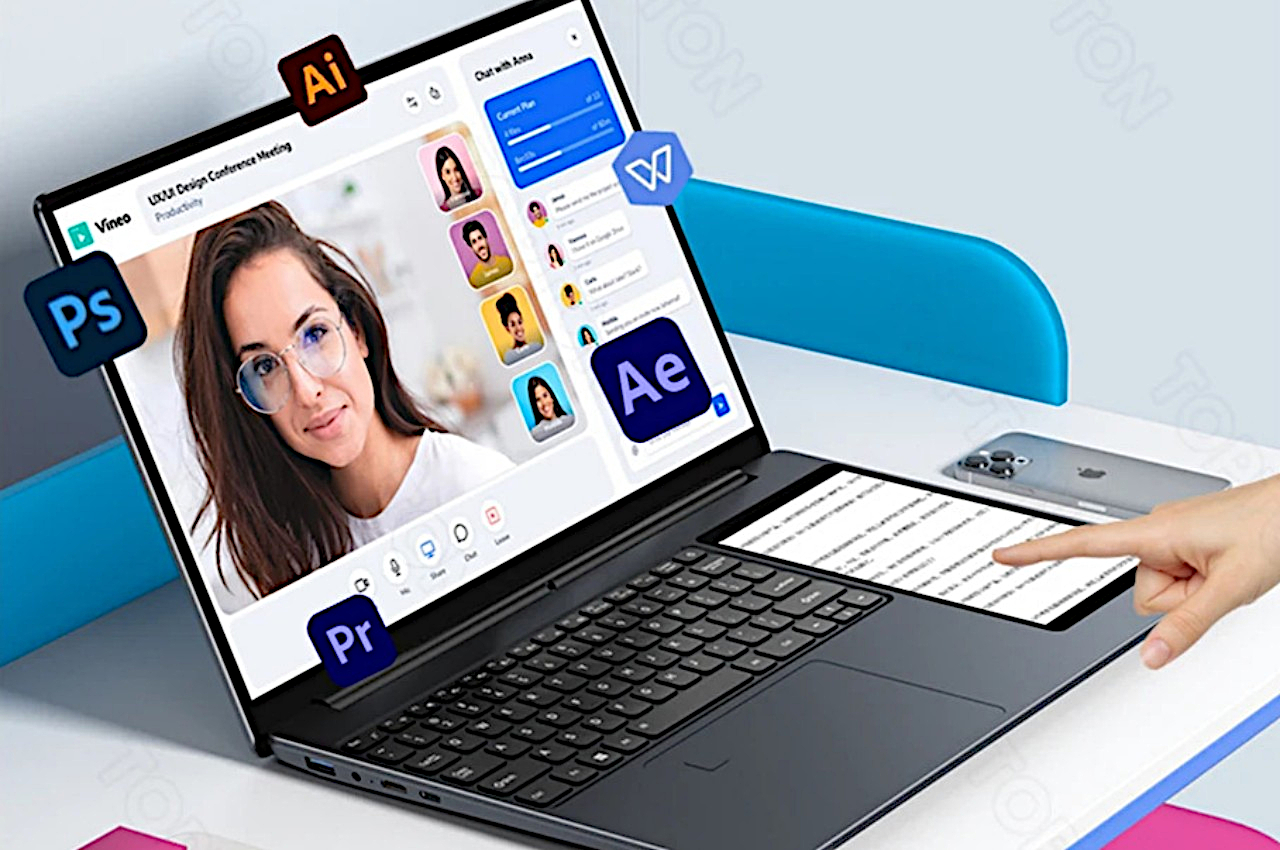
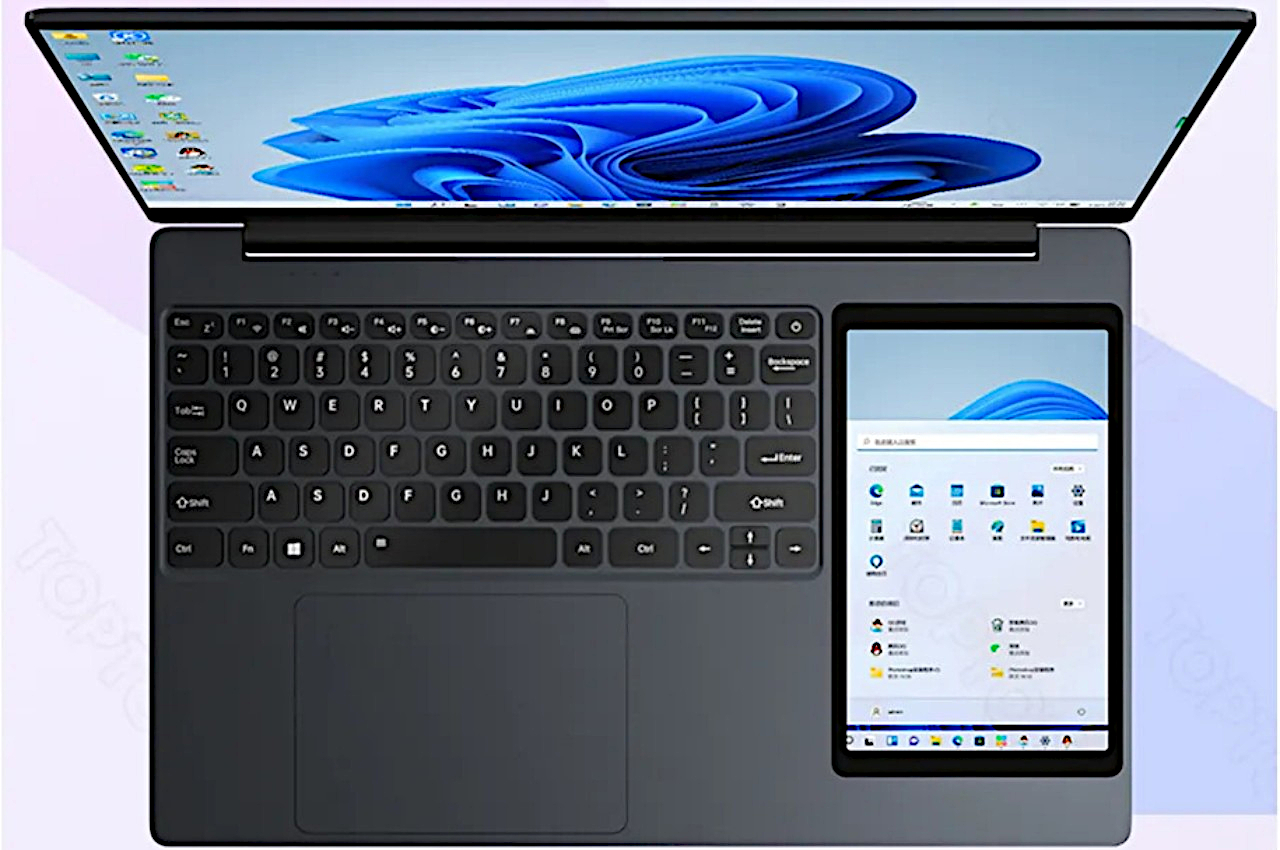
As for that price point, the Topton L10 starts at $329 for a 128GB SSD drive, quite a ridiculously low amount of storage space these days, especially for a Windows 11 computer. The price tag might look tempting at first, but given the overall package, this unusual spin on the dual-screen laptop concept remains just a novelty that won’t be able to meet the high expectations that it sets up.
